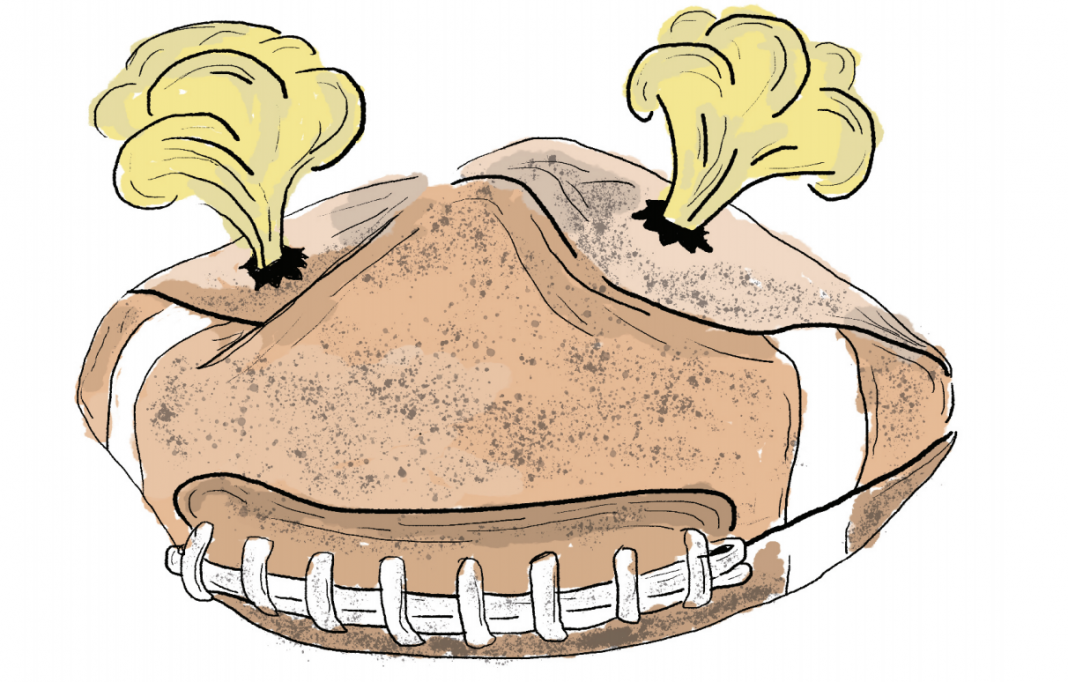According to Portland State Athletics Fiscal Officer Kati Falger, the amount of athletics scholarship money for non-tuition expenses has gone down in the past years.
Falger cited the reason for decreasing scholarship money is there has been no substantial increase in revenue for Athletics in the past 10 years, despite cost of living consistently going up.
“14.2 million was our revenue 10 years ago,” Falger said. “Today, it’s still [approximately] 14.3 million.”
Falger said trying to live within the number for over a decade despite general costs and tuition going up means the student athlete experience gets smaller.
“We’re still funding cash scholarships on the tuition rate from ten years ago, so that means less athletes get aid or travel,” Falger said. “We’re still trying to travel on this dollar, so that means we’re saying no to pre-season.”
Falger also said there isn’t much movement on the revenue side regarding a cost of living increase.
“We can fundraise [and] we can sell more tickets,” Falger said, but the options for fundraising within athletics beyond what is already being done is limited.
Falger said money for scholarships comes primarily from fundraising. Fundraising events like the Wine and Roses dinner and auction, which occur annually, are used for funding cash scholarships.
According to Vice President of Finance and Administration Kevin Reynolds, the athletics department had an approximately $4.2 million cash loss in the 2019 fiscal year, and this structural problem will likely cause athletics to go negative again in the 2020 fiscal year.
Falger said this is a result of rollover from not balancing the budget for the past few years.
She also attributed the lack of increase in revenue to the decrease of SFC funding over the past years and declining enrollment, leading to a decreased budget—approximately 2 million— from PSU.
“It’s striking that add all the tuition and fees in the resident and…unless you’re living with your family, tuition and fees are considerably less than half of the total cost,” said PSU Board of Trustees member Irving Levin at a Finance and Administration Committee meeting.
Reynolds agreed, saying the predominant driver of cost of attendance is housing and food.
“Our cash money that we can offer for room, books and board, the non-tuition expenses for attending school, which are a lot, has stayed the same,” Falger said.
Falger said while the number of student athletes has stayed the same and roster sizes will continue to stay constant, being able to offer less money for non-tuition expenses could potentially limit the number of athletes who want to come to PSU.
“If you have a basketball player who’s getting a couple offers, and they’re getting a bigger offer from someone else in the conference, they’re gonna probably go where the money is greater if they weren’t committed to PSU for another reason,” Falger said.






